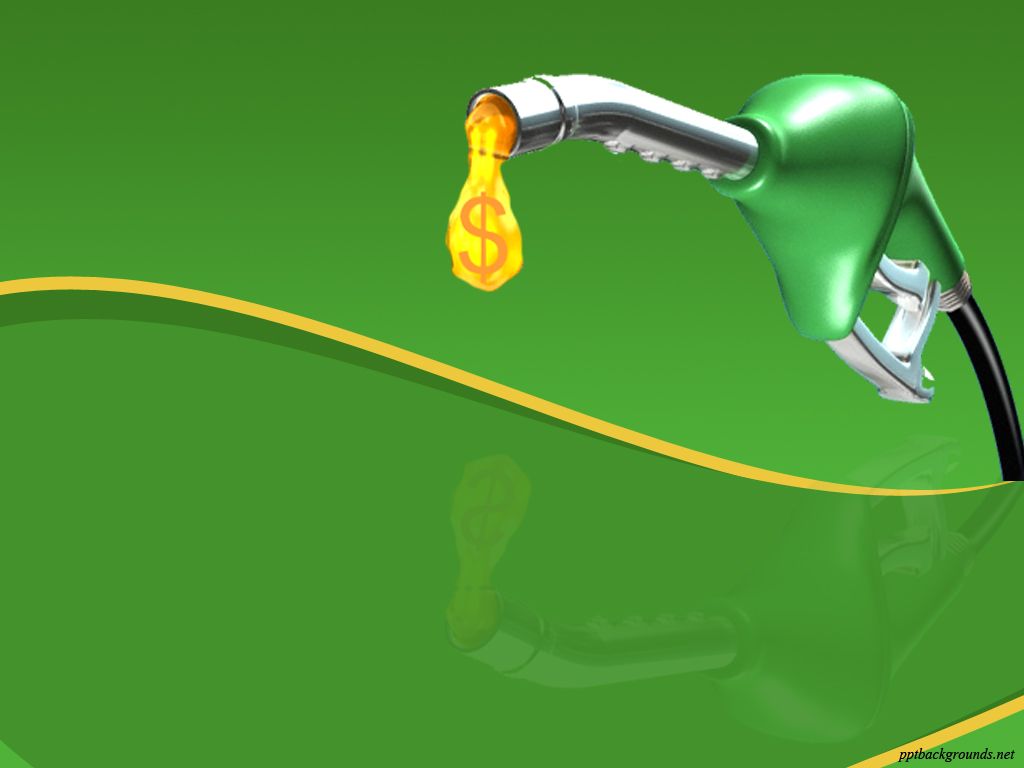Food Waste-To-Energy Mechanism and Implementation Outlook for Indonesia
Indonesia is one of the world’s most populous nations. The growing population and middle-upper class demand farmers to produce more food. However, the lack of proper storage pre-and post-consumer results in massive amounts of food waste. These wastes are often transported to landfills, where it will decompose and produce methane gas. As food waste gain more attention, both scientists and citizens have paid more attention to this grave situation. Incineration is one of the methods widely used, where food wastes are burnt to produce energy and generate electricity. However, this process releases harmful gases, including dioxins.
One of the alternatives for incineration is anaerobic digestion. Anaerobic digestion is deemed most suitable because it is relatively easy and cheap to install. There are several types of reactors, with the most optimum reactor being the semi-continuously mixed reactor. In cases where the microbe environment is unstable due to low food diversity, co-digesters such as manure can be used. The application of anaerobic digestion allows us to kill two birds with one stone: reducing greenhouse gas emissions and generating clean energy. As anaerobic digestion gains more popularity, it is expected that it will contribute to Indonesia’s nationally determined contribution (NDC) targets.
Share This Article


